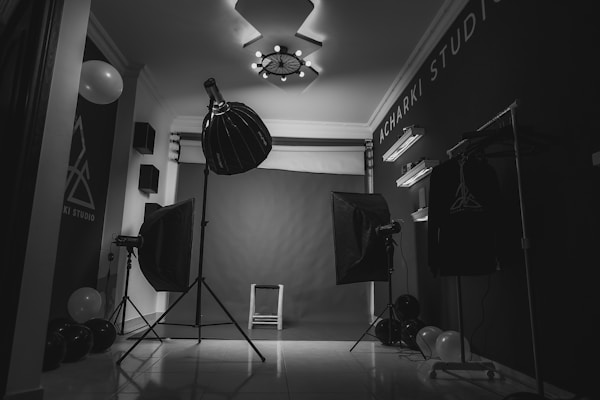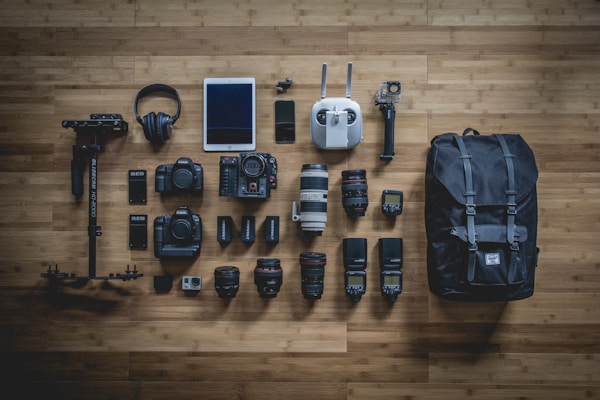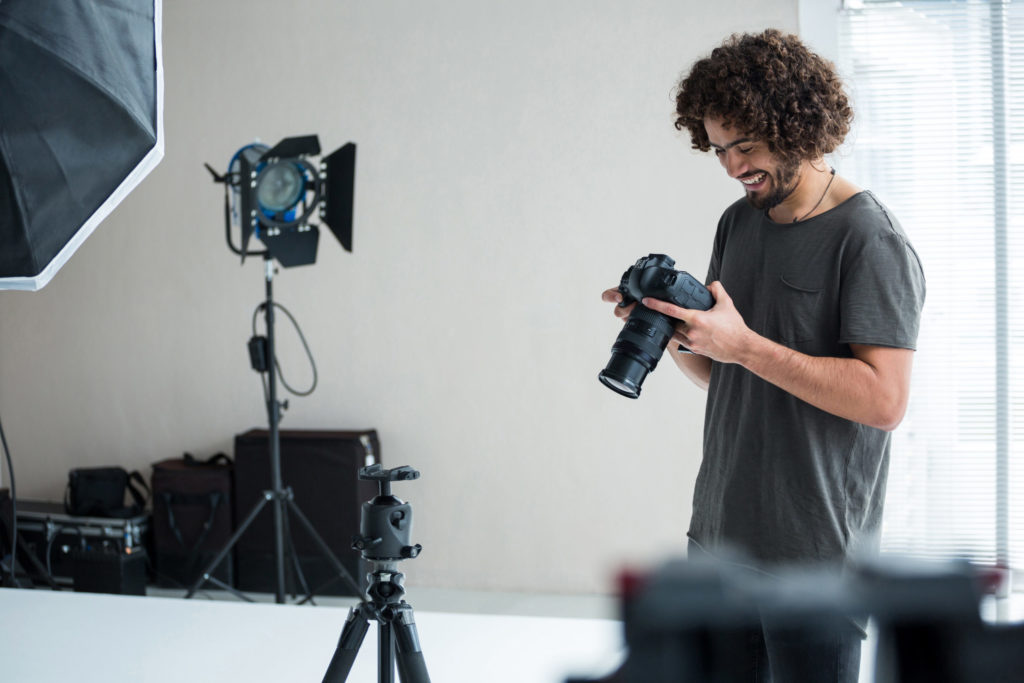Are you passionate about photography and thinking about making a career? Commercial photography is a great way to turn your passion into a profitable business. Keep reading to learn everything you need to know about running your own commercial photography business.
Secure a Workspace

A workspace is a physical or virtual area where you conduct your business. When starting a commercial photography business, securing a workspace that meets your needs is essential. This may mean renting office space, setting up a home studio, or utilizing a coworking space. When you have a workspace, you can have the space to practice your skills, brainstorm wedding photo booth ideas, and even discuss point to point integration with businesses you may want to partner with in the future.
The first step in securing a workspace is to decide what type of workspace you need. If you’re working out of your home, ensure you have enough room for your equipment, like cameras and tripod, props, and set up an area where clients can meet with you. If you’re renting office space, consider the commute time and whether or not the location is easily accessible.
Once you’ve chosen a workspace, it’s essential to ensure it’s secure. Ensure all your equipment is locked away when not in use, and keep any confidential information hidden from view. You may also want to consider installing security cameras or hiring a security guard to keep an eye on things while you’re away.
Maintain Your Equipment

Maintaining your equipment is essential to running a successful commercial photography business. Not only does proper maintenance help keep your equipment in good condition and extend its life, but it also allows you to troubleshoot potential problems before they become more significant. There are a few basic things you can do to maintain your equipment. Clean your equipment regularly using a soft cloth and lens cleaner. Be sure to pay special attention to the lens, as this is where dirt and dust can accumulate the quickest. Check all cables and connections for damage or corrosion, and replace any damaged ones. Inspect the camera body for scratches or dents, and repair or replace damaged parts. Lastly, store your equipment in a dry, cool place when not in use.
Build Client Relationships
The best way to ensure a successful commercial photography business is to build strong client relationships. Clients who have a positive experience working with you are more likely to recommend your services to others and return for future projects. There are several ways to foster good client relationships. The first solution is staying in touch between shoots. Keep clients updated on the progress of their projects, even if there’s nothing new to report. A quick email or call can help maintain communication and prevent them from feeling forgotten.
You also need to be responsive. If clients have questions or need changes to their projects, address them as quickly as possible. Nothing aggravates clients more than waiting days for a response only to be told the photographer is too busy to help out. Make sure you are professional and courteous. Treat clients with respect, even if they’re challenging or demanding. Remember that they are paying you for your services, so putting their needs first is essential.
Lastly, offer discounts occasionally, but not too often. Everyone loves a good deal, especially at no extra cost to them. Offering discounts every once in a while will make clients happy and likely result in more business from them in the future.
Manage Your Workflow and Administrative Tasks
You need to manage your workflow and administrative tasks when you have a commercial photography business. A task management system is one way to manage your workflow and administrative tasks. This can be simple: a notebook where you write down what needs to be done each day or week or a more sophisticated software program that allows you to create tasks, set deadlines, and track progress. Another essential part of managing administrative tasks is creating systems and protocols for everyday tasks.
For example, if you often have to send invoices to clients, develop a system for doing this that is both efficient and accurate. Likewise, if you frequently receive payments by check, create a system for tracking when checks are received and deposited. Creating systems for your administrative tasks will help ensure that everything gets done promptly and that no detail is overlooked. Additionally, it can free up time so that you can focus on your photography business goals.





